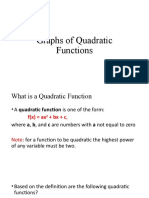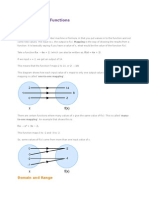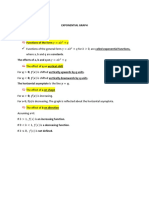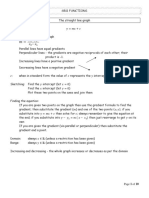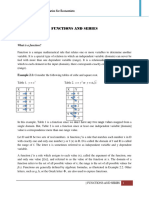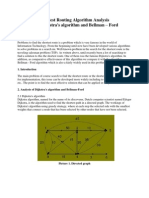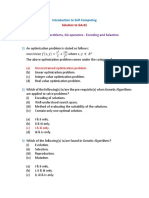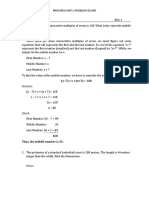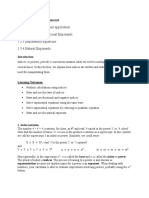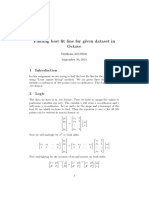0% found this document useful (0 votes)
12 views12 pagesFunctions and Graphs
The document provides a comprehensive overview of functions, including definitions, types (linear, quadratic, hyperbola, and exponential), and their graphical representations. It explains the relationships between inputs and outputs, the significance of domain and range, and how to determine intercepts, turning points, and asymptotes. Additionally, it discusses roots and the discriminant in the context of quadratic equations.
Uploaded by
sbumanqoba006Copyright
© © All Rights Reserved
We take content rights seriously. If you suspect this is your content, claim it here.
Available Formats
Download as PDF, TXT or read online on Scribd
0% found this document useful (0 votes)
12 views12 pagesFunctions and Graphs
The document provides a comprehensive overview of functions, including definitions, types (linear, quadratic, hyperbola, and exponential), and their graphical representations. It explains the relationships between inputs and outputs, the significance of domain and range, and how to determine intercepts, turning points, and asymptotes. Additionally, it discusses roots and the discriminant in the context of quadratic equations.
Uploaded by
sbumanqoba006Copyright
© © All Rights Reserved
We take content rights seriously. If you suspect this is your content, claim it here.
Available Formats
Download as PDF, TXT or read online on Scribd
/ 12






